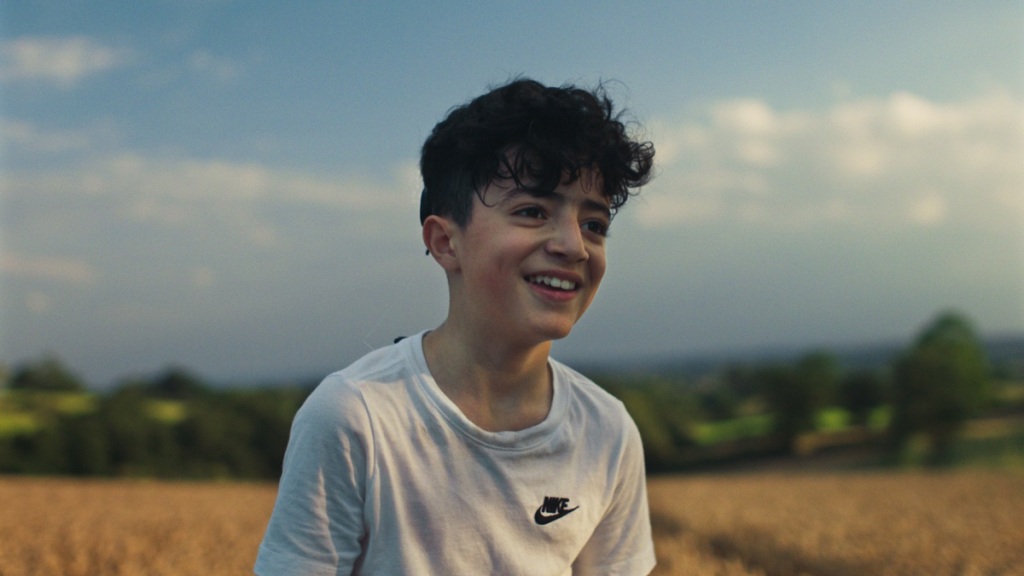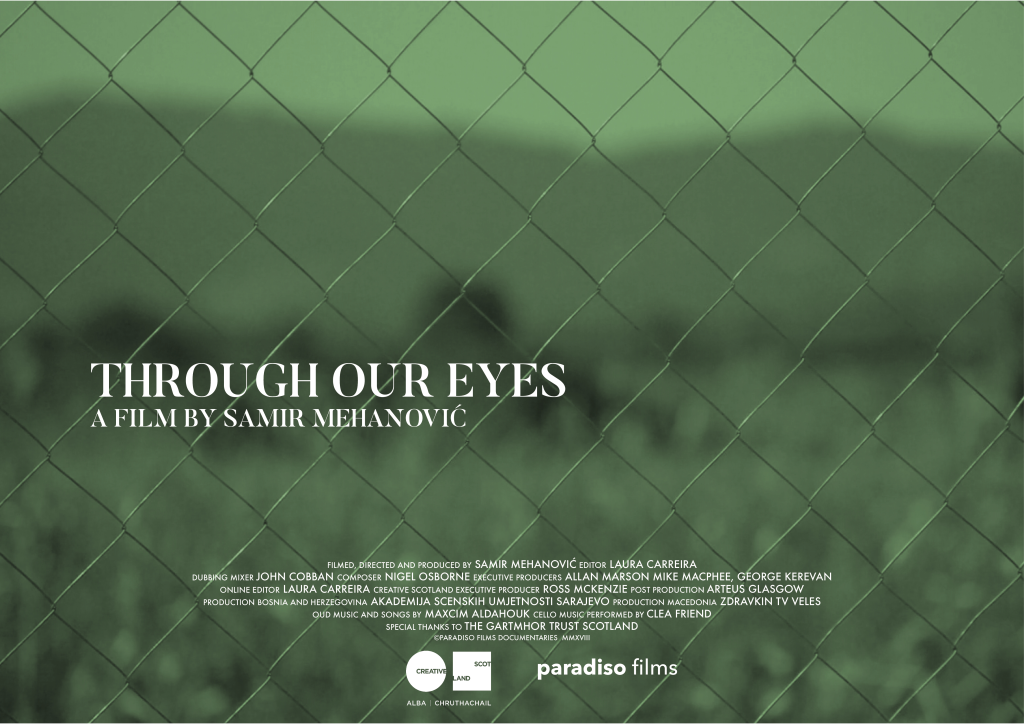
Poppy Kohner reports back from the GRAMNet post-graduate research trip to Camas, Isle of Mull.
I cannot tell you the real story of the GRAMNet trip to CAMAS.
I cannot tell you because not only was the experience so unique from one person to another, but also because it is impossible to describe; the kind of pedagogies in practice at Camas cannot be reduced to language. It felt as if we were engaging in a conversation without words – a rare treat among the busy daily routine of university life.

Camas, on the South West coast of the Isle of Mull, is part of the Iona Community, and a place where young people from disadvantaged backgrounds can go to experience what it is like to live relatively cut off from taken for granted amenities, to connect with nature, do exciting activities such as rock climbing and kayaking, and take part in the day-to-day workings of community – such as eating together, tending to the garden, feeding chickens, cleaning toilets and washing dishes.
On 17th May 2014, GRAMNet sponsored sixteen of us who are researching, teaching or working in personally and politically charged topics to visit Camas, and join in the community there.
Our story started when we arrived in the pouring rain to walk 1 km along the rickety and muddy path to the Camas centre. Sam, the youngest member of our group at nearly fifteen months old travelled in comparative comfort in his buggy, protected from the rain and strapped into a wheel-barrow with bungee ropes in a make-shift sedan chair. For the rest of us, getting absolutely drenched and wind-swept was the beginning of a process of stripping off the layers of city-life which build up over time in the concrete metropolis where we normally dwell.
No electricity, no phone connection or sometimes even no hot water made us appreciate the little things; like warm homemade scones in the morning; the subtle changes in light as dusk sets in; or simply a cup of tea and a seat by the wood burning stove in a candle lit room. These invisible layers from the city which continued to be shed over the three days on Mull represented individual casings of resilience, protecting us from the busy and hyper-stimulating rhythms of the city.
At Camas, helped along by exercises set by the friendly resident volunteers, and an Augusto Boal Theatre of the Oppressed workshop given by Isabel Harland from Govan and Craigton Integration Network, we opened ourselves to being vulnerable to each other, willing to take the responsibilities and risks which community and discovery depends upon. This relationship between vulnerability and resilience was explored in a workshop delivered by Nina Murray from the Scottish Refugee Council, which concluded in an exercise asking how can PhD research fulfil political goals, and be communicated back to research participants and wider audiences with impact and integrity, with the potential of contributing to policy or social change.

Becka Kay, representing GRAMNet, showed us the possibilities of Ketso as a tool for Participatory Action Research, which, she reminded us is more of an approach, than a method. This kind of sensitivity and care for how we conduct research also reflected the way in which people shared the space together on Mull, and will hopefully continue to make ripples in our ongoing PhD projects, and beyond.
For outdoor activities we split into two groups – half the group went kayaking on the eiree salt-marshes and around the beautiful pink granite formations of the coastline, to float in the evening sun, and the other half went wild-walking over bogs, meadows and rocks, with the two groups swapping over the next morning. On arrival to the sandy-white beach over the hill, some people jumped into the cold sea, as others drank hot chocolate.
On the last night, we sat around a fire in the roundhouse as a thunder and lightning storm brewed overhead. Reflecting together on our time at Camas, one of the volunteers echoed Becka’s workshop on Participatory Action Research when she told us that such an experience of community, spirit and relationship with nature that we had at Camas is not an exceptional episode to keep as a memory, but an approach to life.
Enlivening and remembering the connections between mind and body, life and work, and between the self and supportive research collectives, creates all sorts of cumulative creative possibilities for how and why we research, and in what ways we choose to step into the future.




Leave a comment